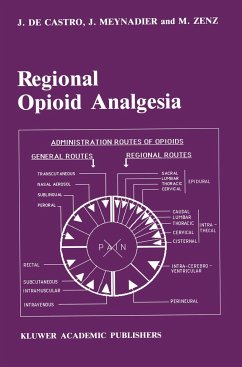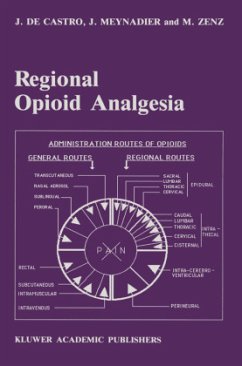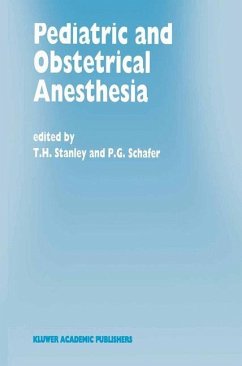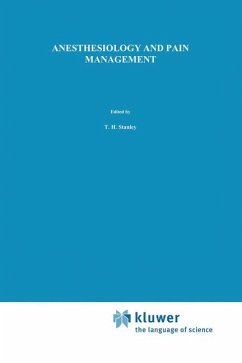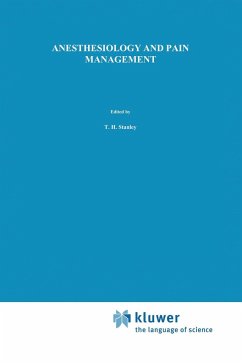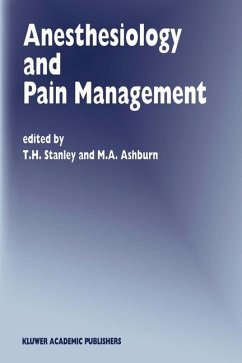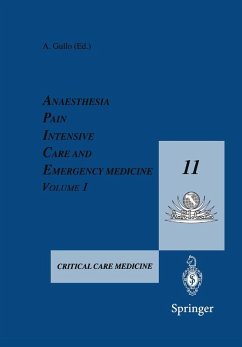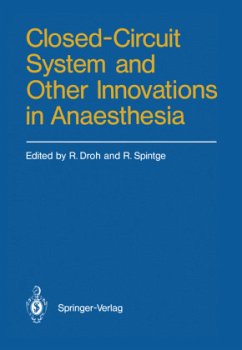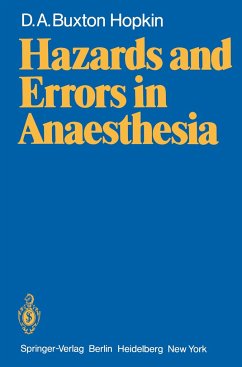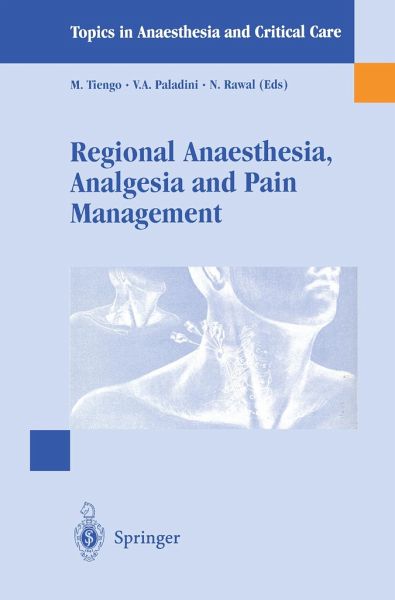
Regional Anaesthesia Analgesia and Pain Management
Basics, Guidelines and Clinical Orientation
Herausgegeben von Tiengo, M.; Paladini, V.A.; Rawal, N.

PAYBACK Punkte
20 °P sammeln!
Local-regional anesthesia and pain therapy represent two areas of common interest for all physicians. A thorough preparation in functional anatomy and general pharmacology, including familiarity with local anesthetics and analgesics, is considered fundamental background for further study or clinical application of such techniques. Knowledge of the mechanisms of action, efficacies and side effects of the relevant drugs is essential, as is appreciation of possible drug interactions to evaluate eventual toxic effects. Local-regional anesthesia and pain management are being increasing used in dive...
Local-regional anesthesia and pain therapy represent two areas of common interest for all physicians. A thorough preparation in functional anatomy and general pharmacology, including familiarity with local anesthetics and analgesics, is considered fundamental background for further study or clinical application of such techniques. Knowledge of the mechanisms of action, efficacies and side effects of the relevant drugs is essential, as is appreciation of possible drug interactions to evaluate eventual toxic effects. Local-regional anesthesia and pain management are being increasing used in diverse medical specialties, including those requiring manual dexterity. In contemporary medicine correct evaluation of the medical outcome becomes essential, especially in relation to the cost-benefit balance, not only in terms of the resources consumed, also and more importantly for the quality of life of the patient.





